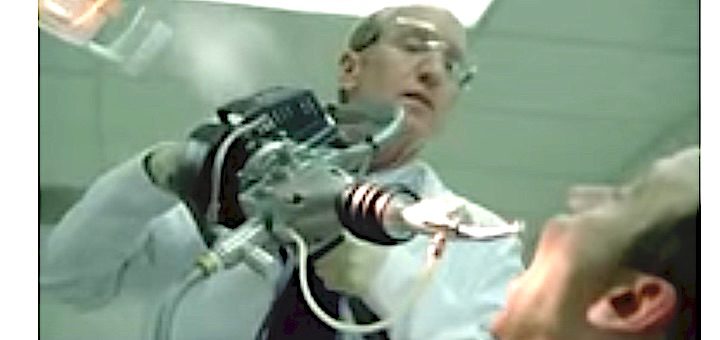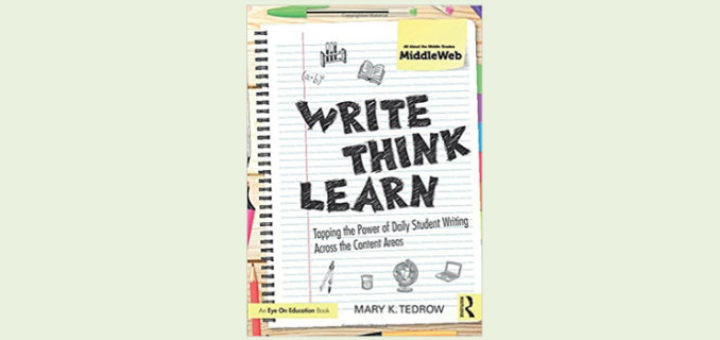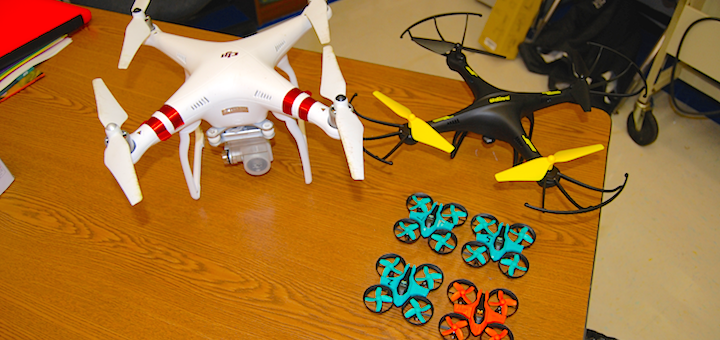Tagged: informational text
When students tackle fact-rich texts, teachers may need to shift into focused instruction mode, modeling the strategic processing nonfiction readers use to make sense of new information. Cummins and Webb share a teacher-student partnership scenario.
Literacy specialist Sunday Cummins shares her “explode to explain” technique, using a Newsela story about shark-spotting aerial drones along the beaches of Australia. It’s one more tool to help students develop a skill set for understanding and retaining informational text.
Whether your ELA, social studies or media literacy students are tracking advertising on Madison Avenue or Capitol Hill, expert Frank W. Baker has the tools and ideas you need to blend this high engagement topic into standards-based lessons on analyzing informational text.
Mary Tedrow makes a strong case for daily student writing that generates ideas and wonderings not only in English but all content areas. Sarah Cooper finds Tedrow’s detailed guide to using Daybooks and her recommendations on grading and indexing particularly helpful.
Reading is reinforced when students have hands-on experience with the ideas they find in informational texts. ELA teacher Brian Cook’s after-school drones program helps students explore flight, consider privacy and safety issues, and learn more about new careers.
K-8 literacy coach Amber Bartlein reports The 100 Task Card series is set to become a staple in the classrooms she works with, for use during small group instruction, intervention and enrichment time, or to provide quick, focused practice on a specific literacy skill.
Summarizing may seem simple to adults, says teacher/author Heather Wolpert-Gawron, but it’s a cross content skill that many adolescents struggle with. TweenTeacher shares techniques from her classroom, including asking students to create ‘executive summaries’ of information & research.
Falling in Love with Close Reading by Lehman & Roberts has cured the close reading fatigue of reading coach Katie Gordon. “I’m learning about the invisible processes I use as a reader so I can reveal them to students for whom they are not automatic.”























